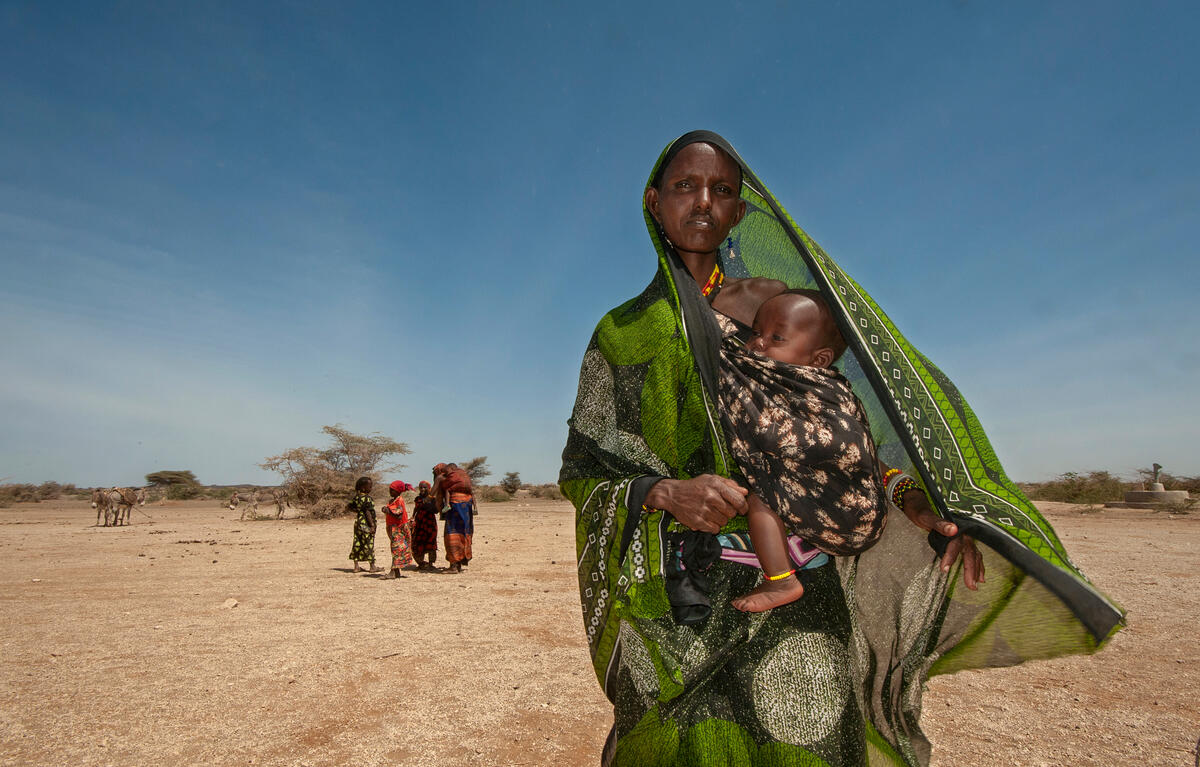
The Climate Crisis
& HUnger
Droughts. Floods. Wildfires. Communities who contribute the least to the climate crisis are bearing the brunt of its impacts. We need your help to send them lifesaving food and support.
The Greatest Challenge of Our Time
More frequent and intense weather events are destroying land, livestock and crops. We’re doing everything we can to help people prepare for and overcome this devastating new reality. But we can’t do it alone.
How Climate Change Causes World Hunger
Up to 40% of the
world’s land is degraded
1.7 billion people have been affected by climate disasters over the past decade
WFP provides nearly 18 million people with solutions to the climate crisis
Help Us Stop the Vicious Cycle
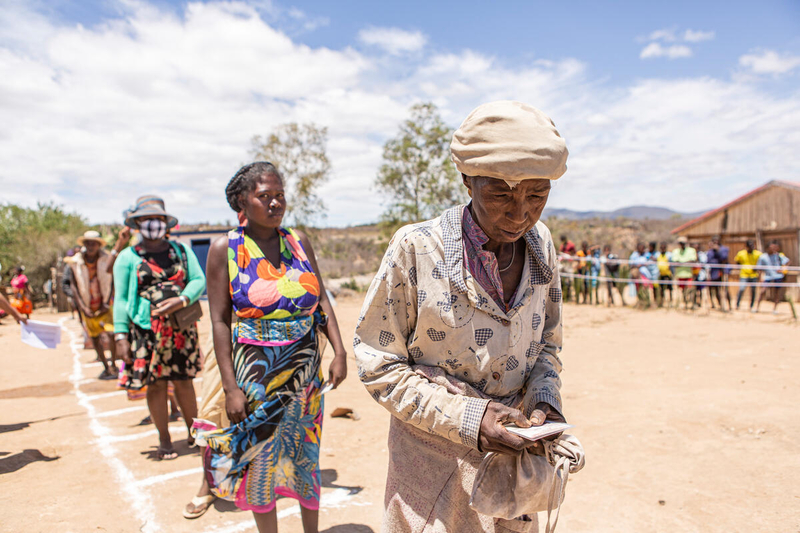
Phase 1
Disaster Strikes
Millions of people living in fragile, disaster-prone areas have limited resources to adapt to the climate crisis and are highly vulnerable to extreme weather events – like floods, droughts or hurricanes – when they hit.
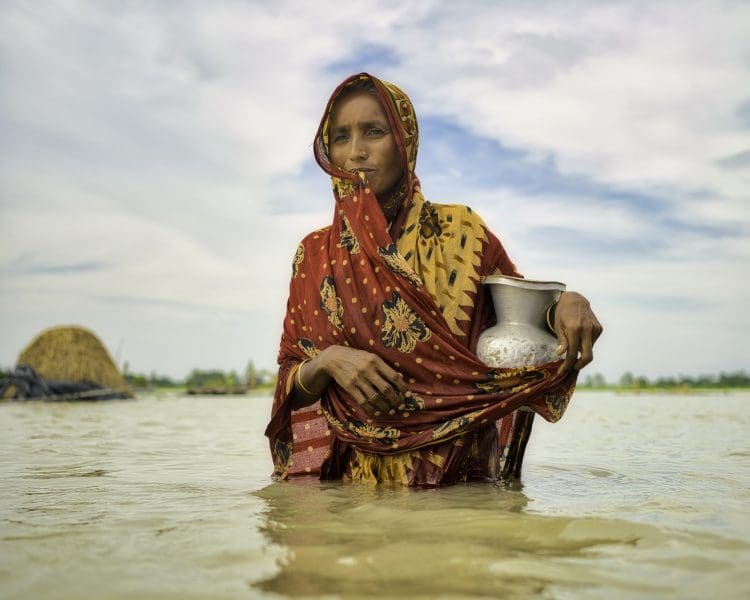
Phase 2
Immediate Effects
Lives and livelihoods are lost as homes, land, livestock, crops and essential food supplies are destroyed.
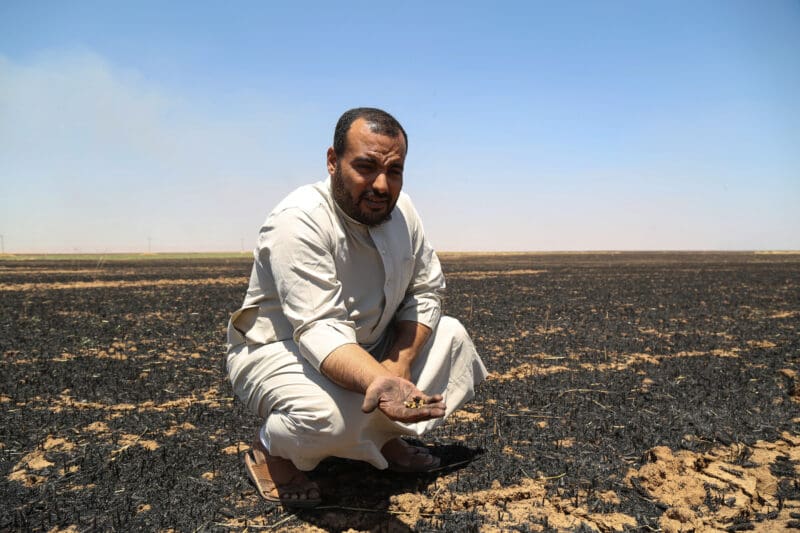
Phase 3
Coping Measures
Food prices skyrocket as supplies dwindle. Parents take their children out of school, people eat less and less, and families sell any remaining valuable assets –like tools and cattle – to afford a meal.
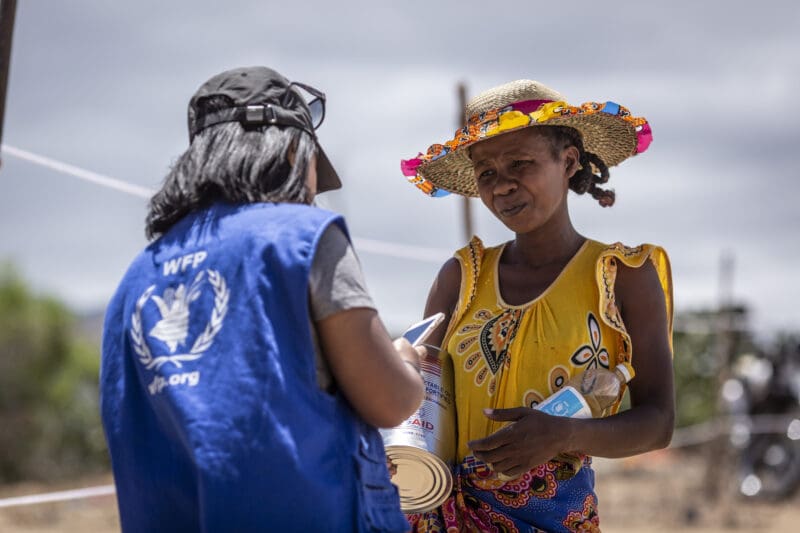
Phase 4
Food and Nutrition Crisis
The lack of food and nutrition, which has been building up since the disaster hit, now explodes into a full-blown crisis. Families become largely dependent on humanitarian aid.
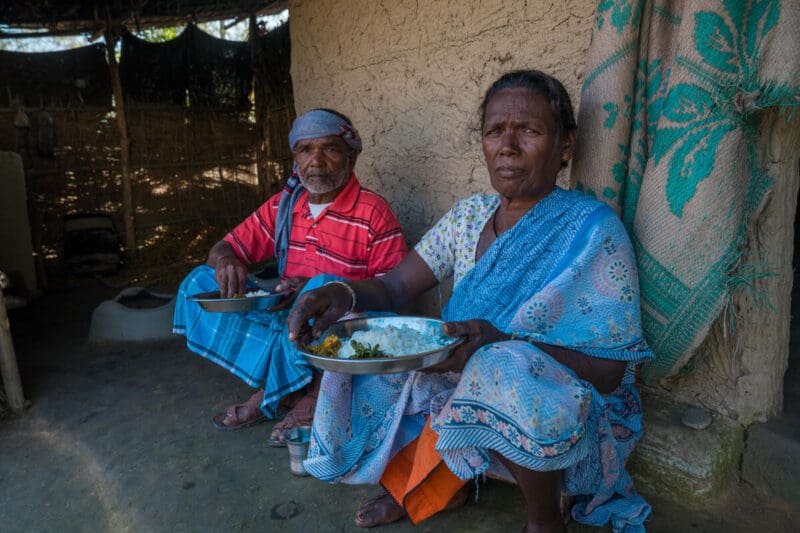
Phase 5
Long-Term Impacts
People’s overall food consumption drops and their dietary diversity reduces to just a few foods. Malnourishment rises, especially among women. Rates of stunting and wasting in children increase.
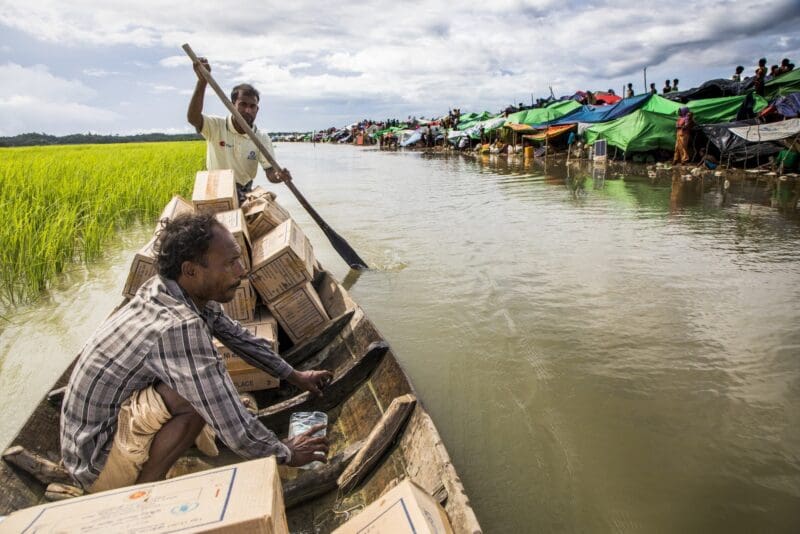
Phase 6
Another Disaster Strikes
People are unable to fully recover from one climate disaster before another strikes. They are pushed deeper into hunger and are more vulnerable to the impacts of the climate crisis.






WFP’s Climate Resilience PRograms
WFP is one of the leading hunger-fighting agencies in the world. We understand the impacts of extreme weather events, and we help vulnerable communities prepare for, recover from and build resilience to them.
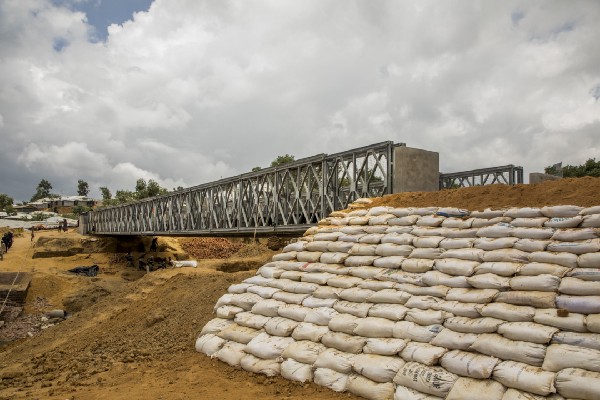
We provide food to people in exchange for their work on community assets like bridges, dams, roads, schools and irrigation systems. These projects can withstand extreme weather and have extra benefits like promoting nutrition and gender equality.

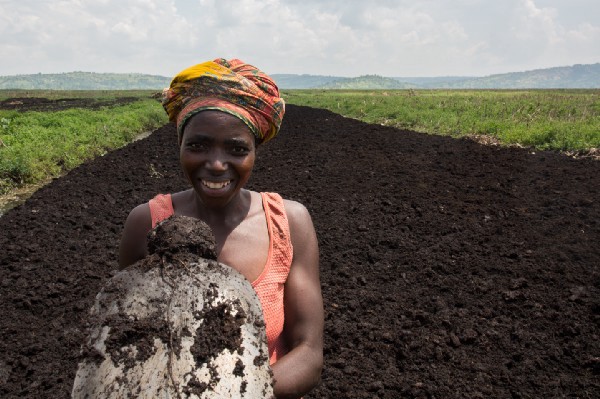
We help communities restore degraded land, diversify their crops and build community gardens. A project in South Sudan increased agricultural land by 27% in just two years. We helped 9 million people through rehabilitation projects like these in 2023.

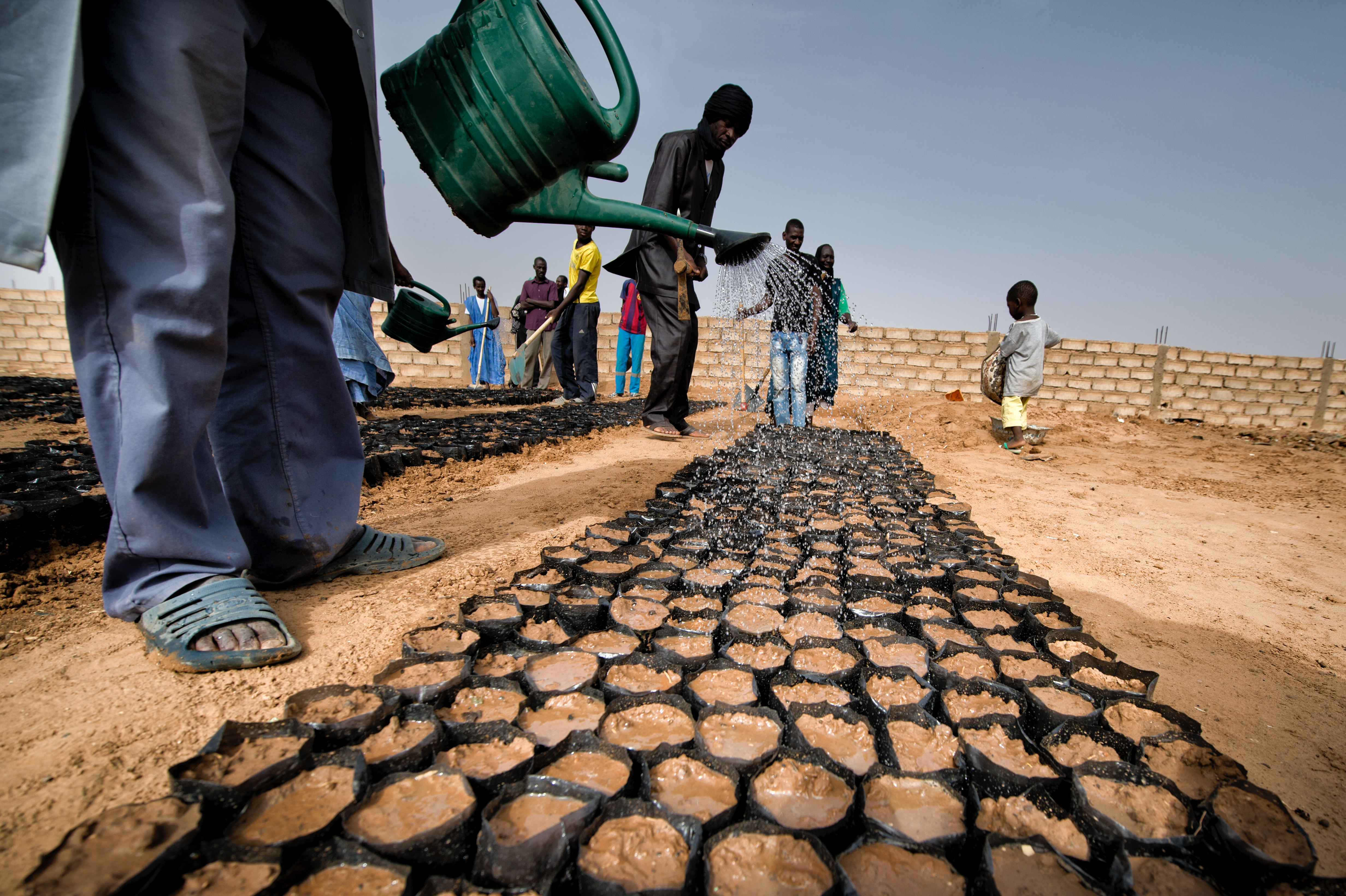
We use every available tool to help people withstand climate shocks: hydroponics, satellite imagery and landscape monitoring software, just to name a few. Through projects like these, our Innovation Accelerator team helped over 1 million people in 2023.

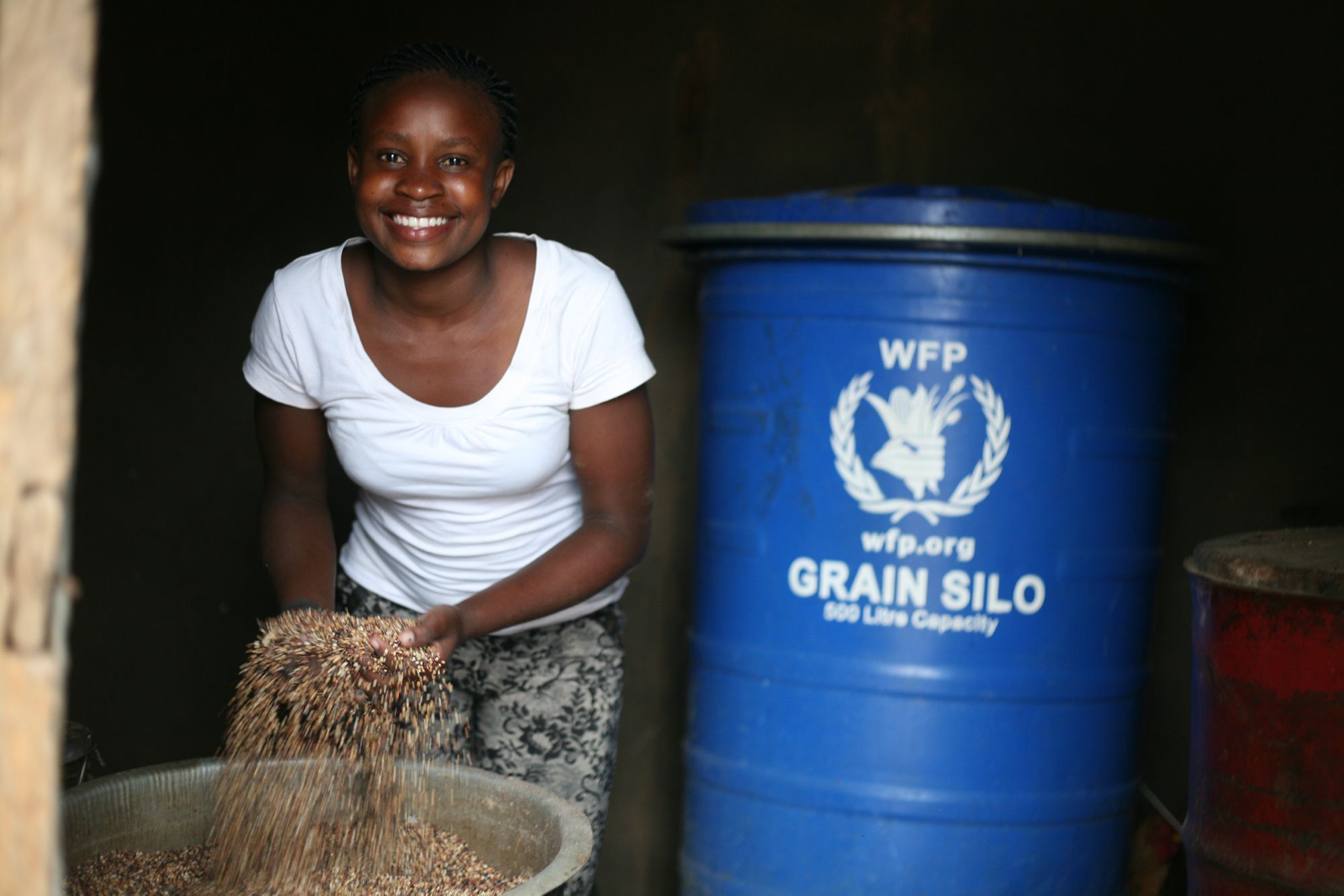
In areas prone to extreme weather events, every single grain counts. Farmers in Africa lose about 40% of all the food they harvest due to insects, pests and mold. We’re changing that with air-tight silos and bags, reducing food loss from 40% to 2%.

How THE Climate CRISIS impacts hunger
Help Save Lives Today
By donating, you help communities recover from and become resilient to climate extremes.


